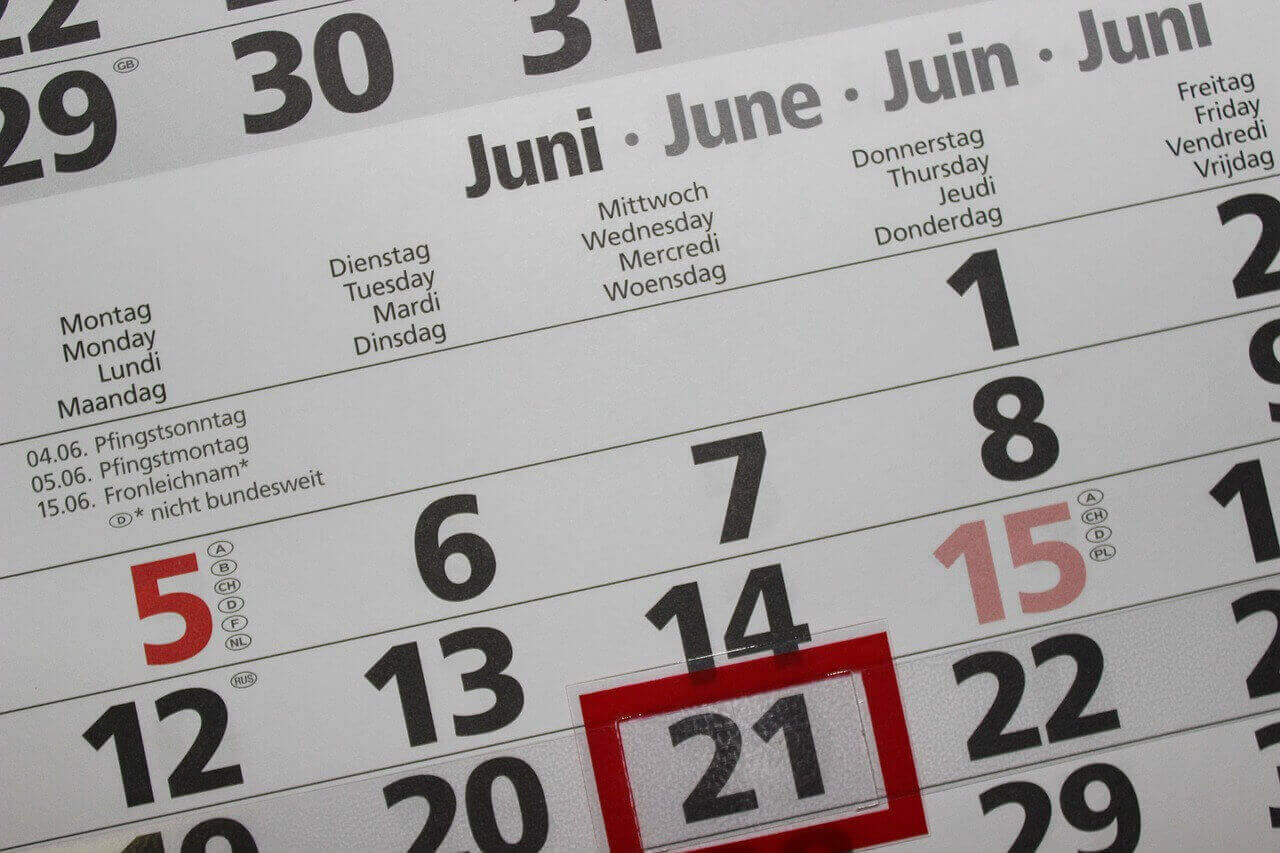Contact Lenses Wearing Schedules - video
Understanding wearing schedules and choosing the right fit
The wearing schedule of a contact lens refers to the duration a lens can be worn before needing replacement or removal. The convenience, ease, freedom, and aesthetic appeal are all major factors that have made contact lenses a popular alternative to traditional eyeglasses. But with all the different types of lenses available, understanding the various wearing schedules is essential when it comes to your eye health and lens performance. Your optometrist will take the wearing schedule and your lifestyle into consideration when deciding on the best lens for you. These schedules can range from daily to annually, each with its unique benefits and considerations.
Daily Disposable Lenses (Daily Wear)
- Usage: These are designed to be worn for a single day and then discarded at the end of the day- typically before going to bed.
- Advantages: The ultimate in convenience and considered by professionals to be the safest, most hygienic wearing schedule of all the contact lens types.
- Hygiene: As a fresh pair is used every single day, there's a large reduction in terms of the risk of infection.
- Flexibility: Suitable for most prescriptions, including astigmatism or presbyopia. Also available in various fittings
- Convenience: No cleaning or storing is required.
- Comfort: They tend to be thinner, which provides enhanced comfort.
- Economical: Daily disposable lenses are not necessarily the cheapest unless you wear an own brand lens like Crystal- but they are the ultimate convenient lens
- Considerations: They might cost more in the long run as you’re using a new pair of lenses every day. (There are a few exceptions to this that may cost less than monthly lenses.)
Bi-weekly and Monthly Lenses
- Usage: These lenses can be worn every day for two weeks or a month respectively, as long as they are removed, cleaned and stored in a disinfecting solution nightly.
- Advantages: These lenses take up less room for storage or travelling, they can work out cheaper than daily disposable and are a little more robust so can withstand more handling. 2 weekly and monthly lenses are more eco-friendly as there is less waste.
- Hygiene: Good hygiene is important especially as these lenses are handled daily for up to 1 month, particular attention needs to be paid to the cleaning and storage of the contact lens case as it does the contact lenses themselves.
- Flexibility: Suitable for most prescriptions, including astigmatism or presbyopia, and available in various fittings.
- Convenience: Not as convenient as daily disposable lenses but, once you get the hang of handling them they are a convenient and cheaper way of wearing contact lenses.
- Comfort: Monthly lenses should remain comfortable throughout their wearing schedule and people find two weekly disposables even more comfortable.
- Economical: Less frequent replacements make these more affordable than daily disposable lenses over time.
- Considerations: Proper cleaning and storage are essential to prevent infections or complications. If you are prone to ripping or losing lenses then these lenses can work out more expensive, if you rip one lens that's a whole month's lens wasted.

Extended Wear Lenses
Traditional (Reusable/Annual) Lenses
Orthokeratology (Ortho-K) Lenses
Choosing the Right Schedule
Choosing the right contact lens-wearing schedule is dependent on your personal preferences, lifestyle, and budget, but most importantly on your eye health needs, and what your optometrist recommends!
Here are some guidelines to help you discuss with your optometrist should you want to change your wearing mode -
Lifestyle: If you are very active or travel a lot, daily disposables might be the most convenient option. But if you dislike the routine of nightly removal and cleaning, extended-wear lenses would be your ideal option.
Budget: While daily disposable lenses might add more in terms of costs upfront, the fact that there is no need to buy cleaning solutions and storage cases might help offset these costs. Although traditional reusable lenses like monthly or bi-weekly disposable can be easier on your pocket, the regular cleaning and care required is definitely a factor you need to take into account.
Eye Health: Ask your optometrist about your eye health. Depending on the oxygen permeability, tear production and sensitivity of your eyes, some lenses may be more suitable for you than others.
To conclude: Understanding the different contact lens-wearing schedules will help you and your optometrist make an informed choice that aligns with your exact needs. Regular check-ups are essential to guarantee that your chosen lens schedule remains the right choice for your eye health and vision clarity.
Author: John Dreyer Optometrist Bsc(Hons), MCOPTOM, DipCLP
Created: 1 Oct 2023, Last modified: 9 Dec 2025

